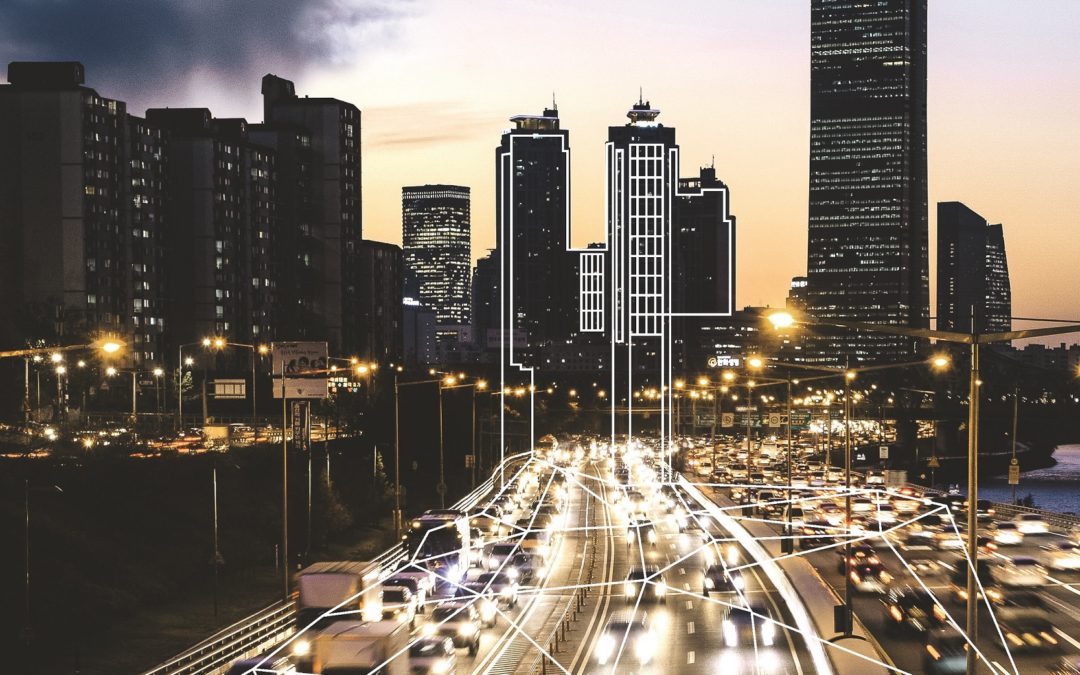
This article is mainly a Kapsch TrafficCom advertorial but does provide does useful insights into traffic optimisation for congestion & pollution reduction.
 28 Nov. 2019
28 Nov. 2019
How effective traffic management solves the challenges of urban mobility
Buzzwords like ‘urbanisation’, ‘total gridlock’ and ‘car-free cities’ dominate discussions on urban mobility. Towns and cities are facing traffic-related challenges, from improving safety, to addressing mobility-related emissions and reversing levels of congestion. Confronted with significant pressure from the public, authorities and governments are required to act. Yet today, cities choose to target environmental emissions and individual traffic reductions in their masterplans, rather than implement sustainable improvements for traffic management. So, what steps need to be taken?
Firstly, there needs to be a common understanding of what traffic management means – it’s more than just ensuring a constant flow in traffic. By breaking down the term ‘traffic’ into its different elements, several stakeholders with individual needs are identified: authorities planning the city’s landscape, individuals using mobility services, the private sector with their disruptive new business models, the city’s economy, and many more. In addition to the many different players, cities have varying modes of mobility and infrastructure that dictate access to resources. Traffic management means responding to individual needs for urban mobility, while utilising all existing resources and systems effectively for optimal and seamless interaction.
Data is Key
But how can these individual needs be identified and how can all resources be used in the most efficient way? The answer lies in collecting and analysing data. Data is key to managing traffic in every aspect, and can be categorized into three areas: historical, real-time and predictive. The effective use of data can lead to a qualitative change in the management of traffic. While most public authorities only use slow adaptive traffic management systems, causing a reactive management of urban mobility, a proactive method considers all existing and emerging elements of traffic.
The urban environment is highly complex, with challenging road geometries, private and public transport users, cyclists, pedestrians, and other multimodal players. While private players are dominating cities by influencing mobility behaviour, authorities need to take back control of their traffic policies by defining a directive framework. This could, for example, mean a shift towards open standards, allowing true competition and leading to a better-functioning urban mobility.
A real gamechanger in urban mobility would be combining traffic and mobility management with tolling systems, making new data accessible and leading to advanced real-time and predictive traffic control algorithms with demand management. By supervising access to resources and overseeing demands, factors like emission control, traffic flow, levels of congestion and safety/incident management can be taken into account when managing traffic. By addressing individual needs of cities, the goals of tolling can result in free-emission zones, access control solutions designed to protect residential or touristic areas, or relief of infrastructure suffering from high levels of congestion. Existing urban tolling systems demonstrate the positive sentiment towards this approach, with cities such as Stockholm, New York and Singapore planning extensions, and Italy being one of the front runners in preserving historical city centres with urban access management concepts.
Cities that want to tackle the various challenges of urban mobility need a partner with extensive expertise and a multi-faceted product portfolio with experience in all related areas. “The approach of Kapsch TrafficCom is to listen to the individual need of a city before starting a joint process to build tailored solutions based on our global experience. Each solution is solving very specific needs for our customers all over the world”, Gerd Gröbminger, VP Sales in EMENA pointed out at the recent city event hosted by the city of Vienna, Austria. “This way, technology allows cities to design their individual mobility and traffic policy without any limitations.”
View original article at cities-today.com



Commentaires récents